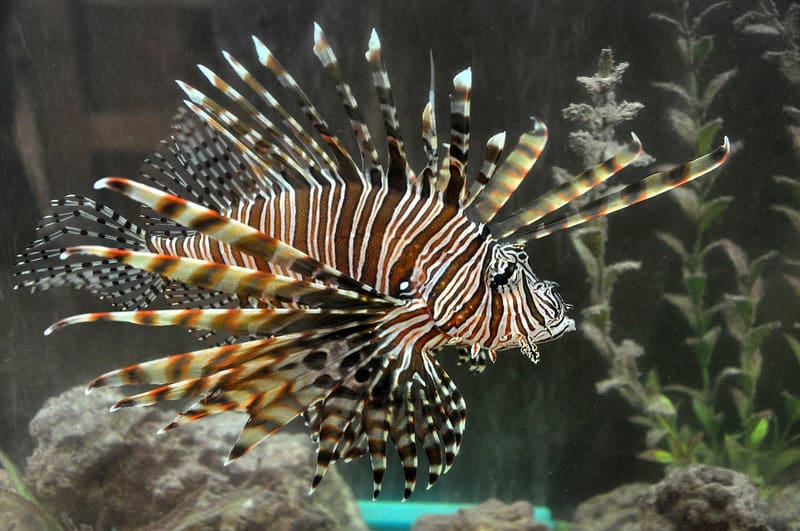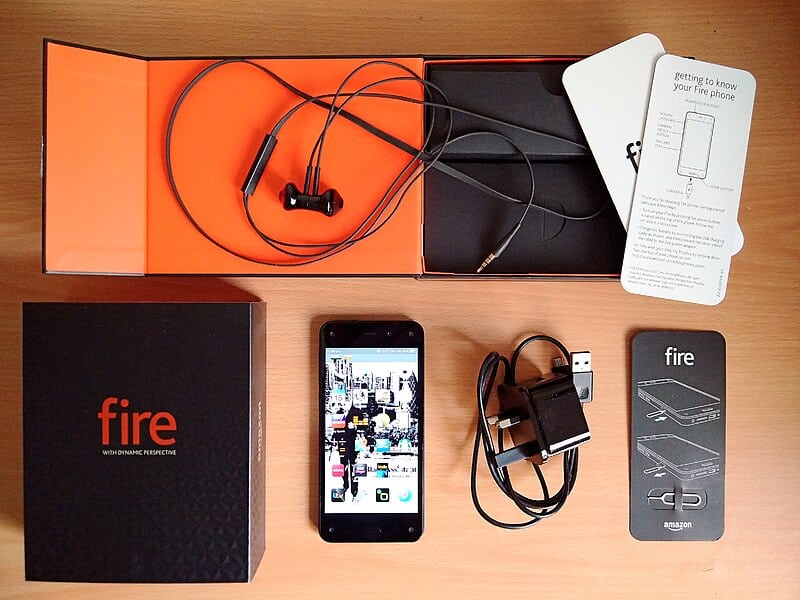When it comes to coin collecting, spotting a fake can be challenging but crucial to protect your investment. Counterfeit coins are becoming increasingly sophisticated, making it more important than ever to know what to look for. Understanding the key indicators of authenticity can help you avoid scams and ensure that the coins you add to your collection are genuine. In this guide, we’ll explore practical tips and techniques to help you identify fake coins and safeguard your hobby.
Inspect the Coin’s Weight
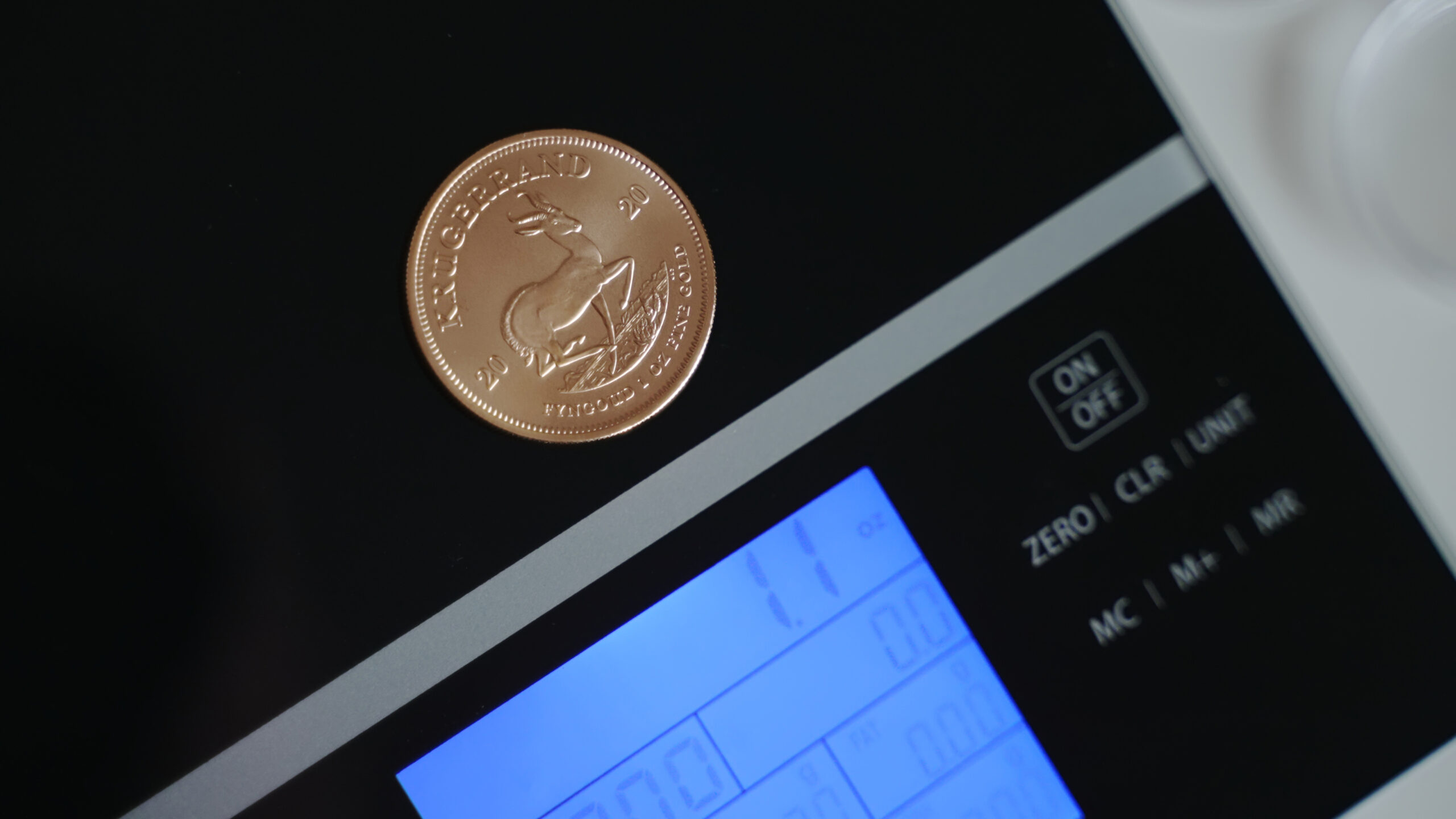
One of the first indicators of a counterfeit coin is its weight. Authentic coins are produced with specific metals and weight standards, so any deviation can signal a fake. Use a precise scale to compare the coin’s weight with official specifications. Even a small difference in grams can be a red flag. Always ensure your scale is calibrated to detect these subtle discrepancies.
Examine the Coin’s Edges
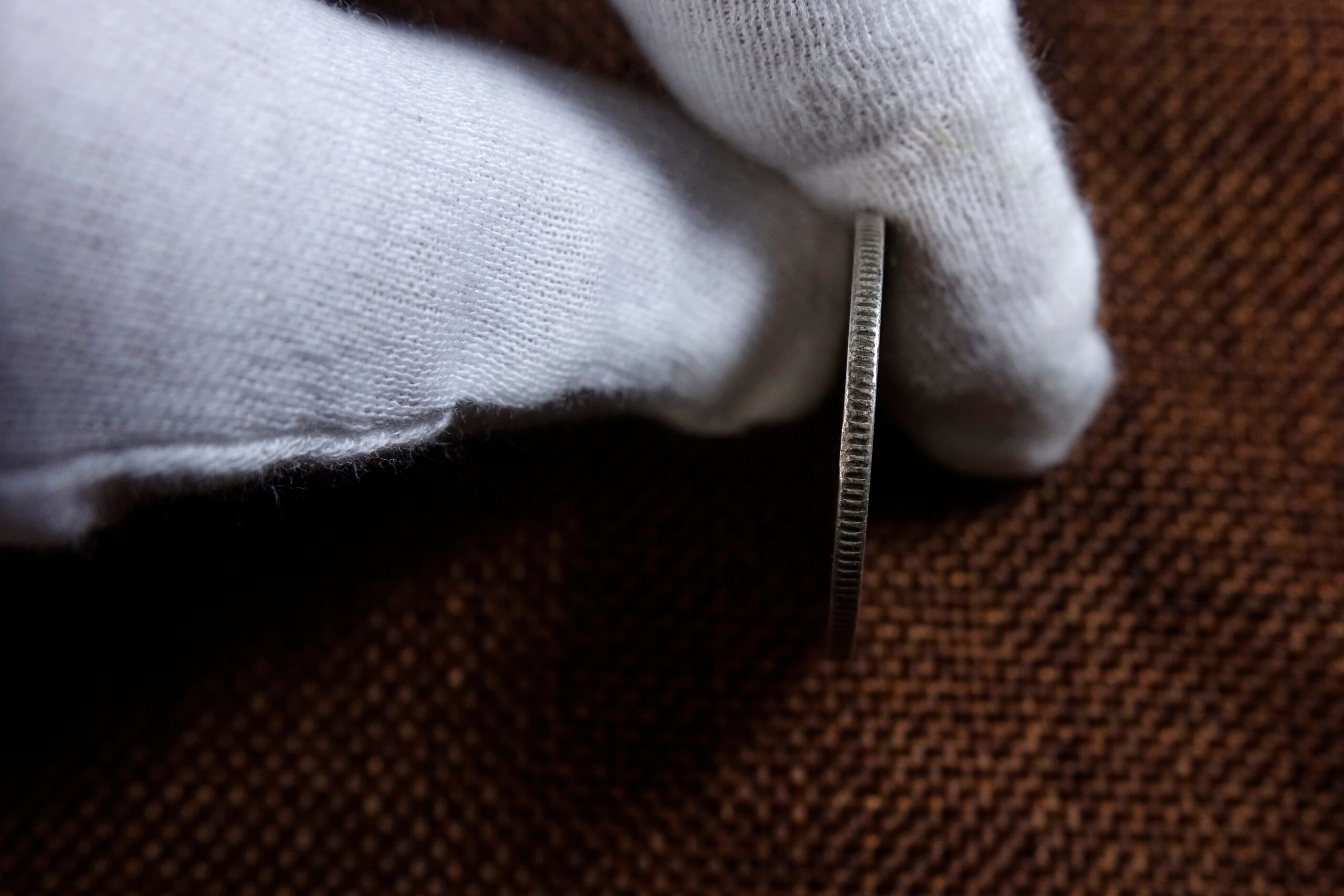
The edges of genuine coins often have intricate designs or reeding, which can be challenging for counterfeiters to replicate accurately. Counterfeit coins may have smoother edges or inconsistencies in the design. Running your finger along the coin’s edge can reveal these imperfections. Additionally, check for any signs of filing or tampering. Remember, the edges are just as important as the coin’s face in verifying authenticity.
Check for Magnetic Properties
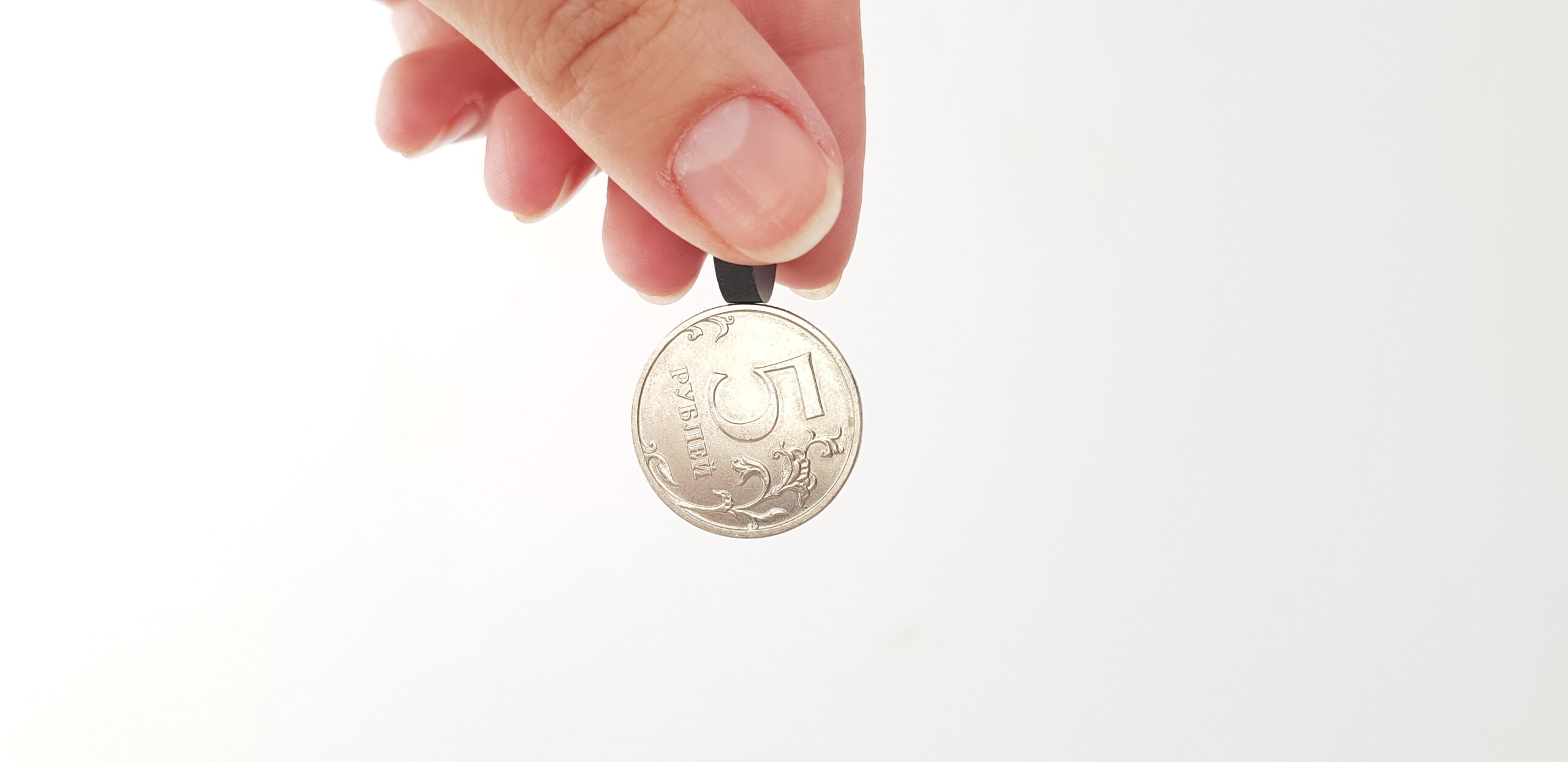
Many genuine coins are made from non-magnetic metals, so if a coin is attracted to a magnet, it could be a fake. Use a small but strong magnet to test the coin’s reaction. If the coin sticks, it’s likely composed of cheaper, magnetic metals rather than the specified alloy. This quick test can save you from falling victim to a scam. Keep in mind that some genuine coins may be slightly magnetic due to impurities, but the reaction should be minimal.
Analyze the Coin’s Sound

Coins made from specific metals produce a distinct sound when struck against a hard surface. You can perform a simple “ping test” by gently tapping the coin and listening to the sound it makes. Genuine coins will produce a clear, ringing tone, while fake ones often sound dull or flat. This method, while subjective, can be surprisingly effective. Make sure to compare the sound with a known authentic coin of the same type.
Observe the Coin’s Color
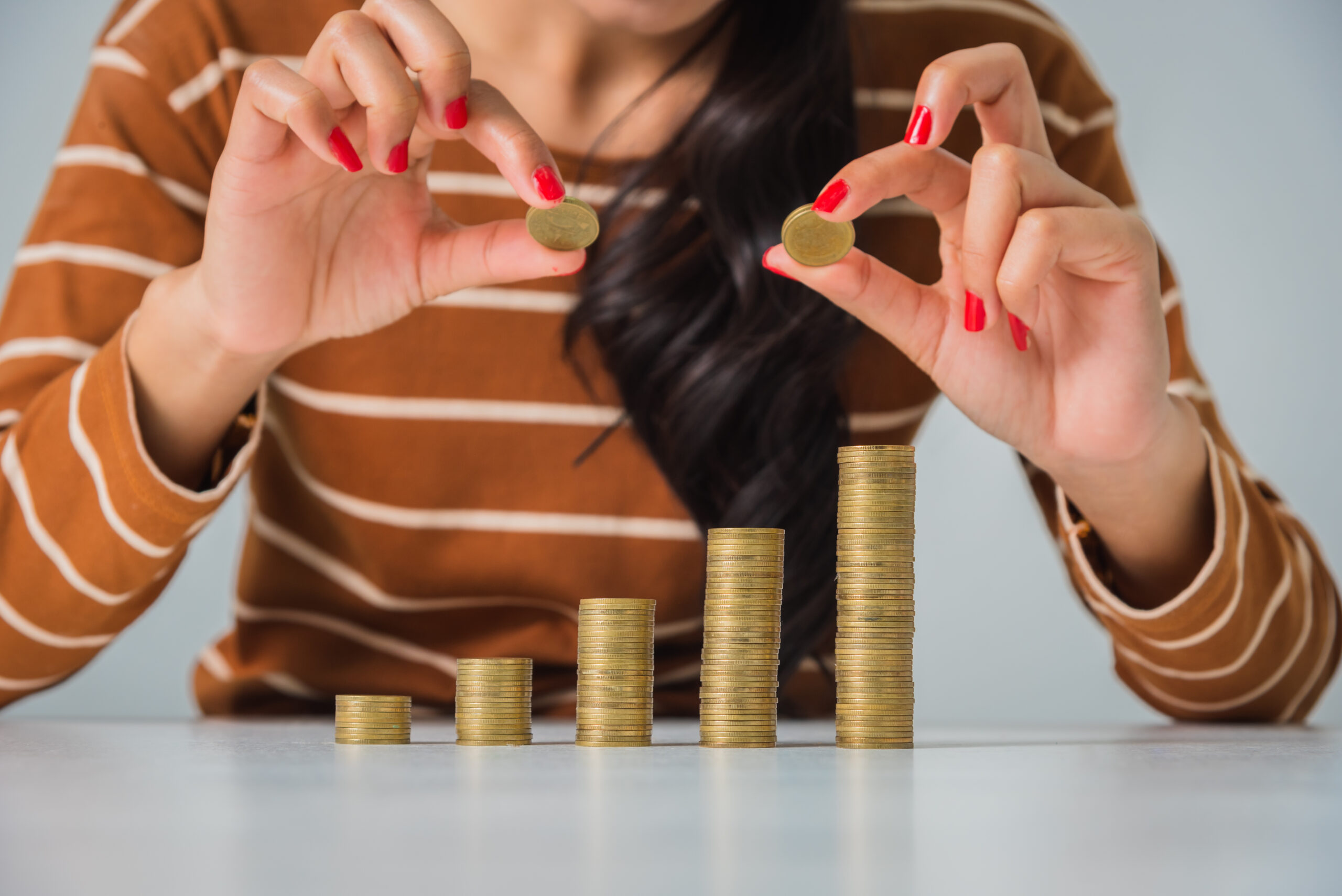
The color of a coin can provide significant clues about its authenticity. Counterfeit coins often have a slightly different hue due to the use of cheaper metals. Carefully examine the coin under good lighting to spot any color discrepancies. Genuine coins will have a consistent and uniform color, while fakes might appear uneven or tarnished in unexpected ways. Being familiar with the expected color of genuine coins is key in this inspection.
Inspect the Coin’s Surface Details
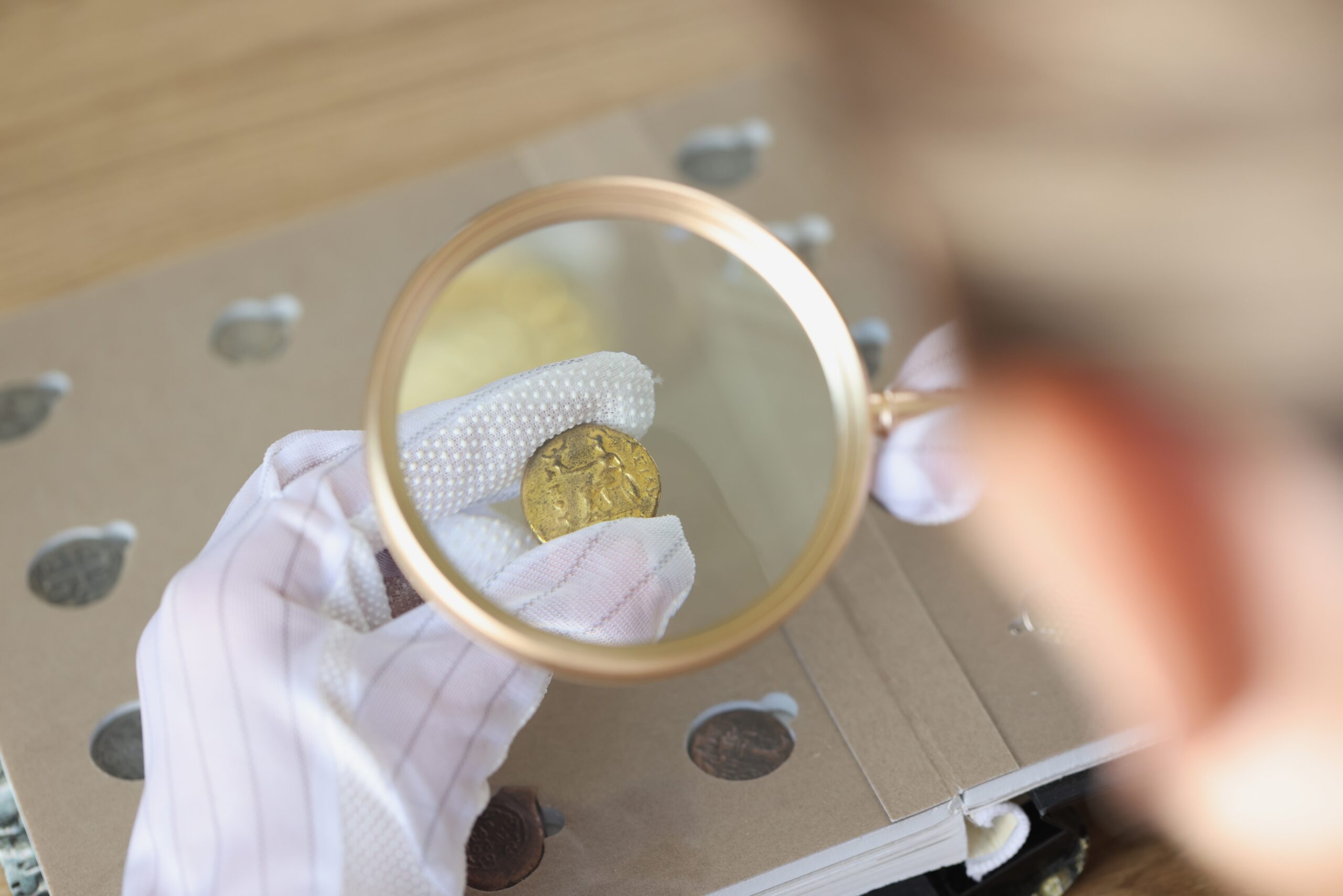
The finer details on a coin, such as the lines in a figure’s hair or the small lettering, are often where counterfeiters fail. Use a magnifying glass to closely examine the coin’s surface. Look for crisp, sharp details that are indicative of a genuine coin. Fake coins may have blurred or smoothed-out features due to poor minting processes. Paying attention to these minute details can help you avoid a costly mistake.
Assess the Coin’s Patina
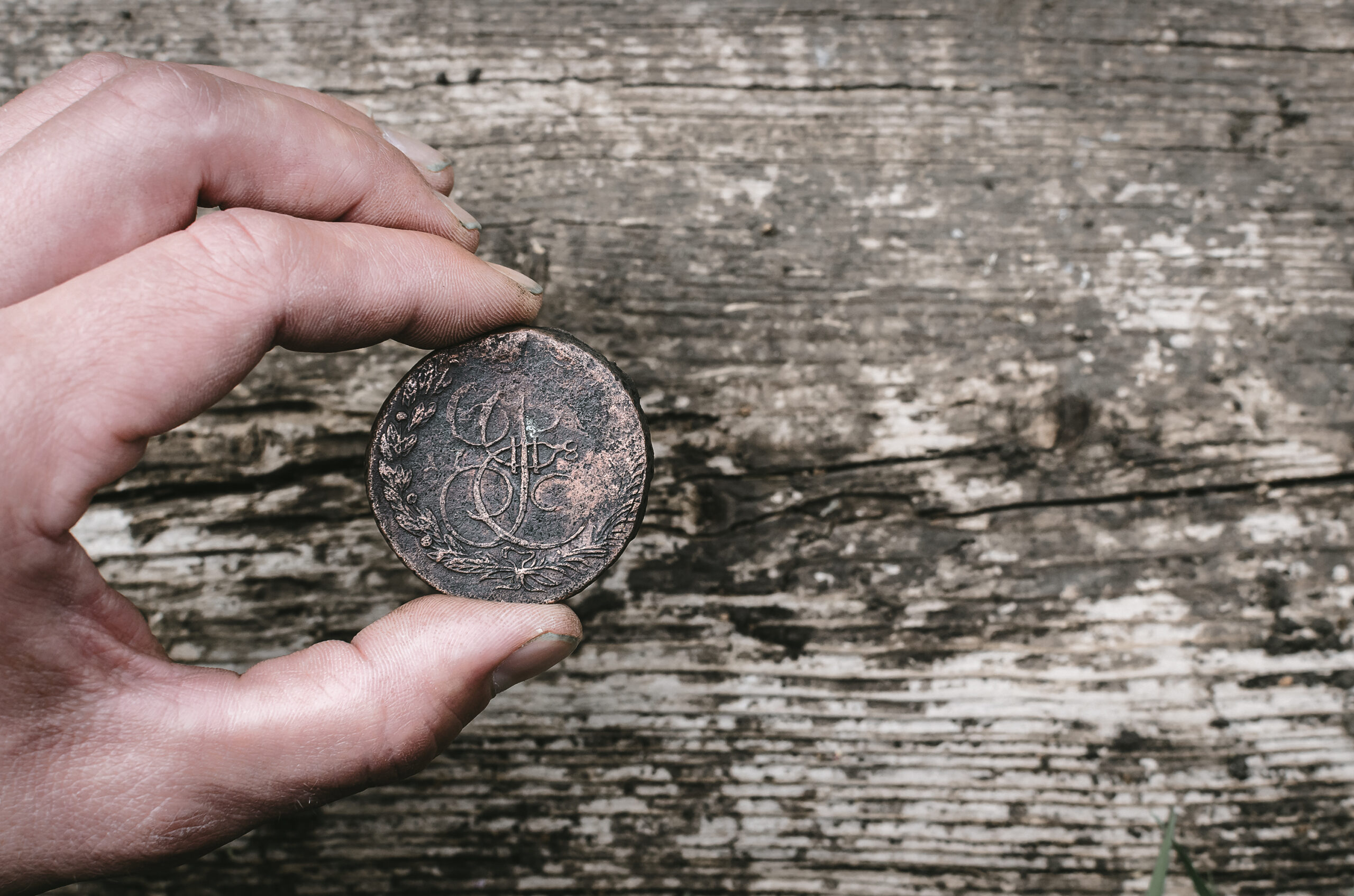
Older coins develop a natural patina over time, which can be challenging for counterfeiters to replicate. A coin with an unnatural or inconsistent patina might be a fake. Examine the coin for any signs of artificial aging, such as chemicals or paint used to mimic a patina. Genuine coins will have a patina that is evenly distributed and consistent with their age. This characteristic is especially important for collectors of antique coins.
Use a Coin Grading Service
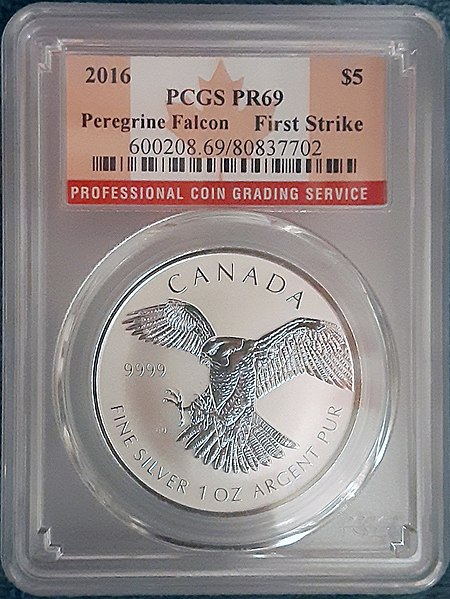
For high-value or rare coins, consider using a professional coin grading service. These services authenticate and grade coins based on their condition and authenticity. A graded coin comes with a certificate and a protective holder, providing peace of mind. Although there’s a fee for this service, it’s worth it to avoid being scammed. Relying on professional expertise can be the safest route for valuable transactions.
Investigate the Coin’s History
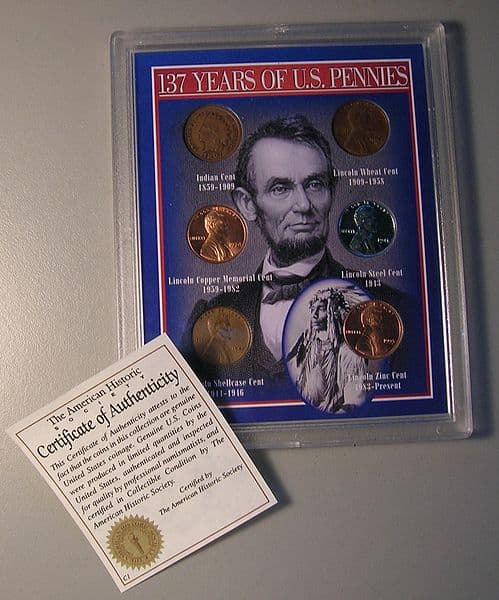
Researching the coin’s provenance can reveal whether it has been legitimately acquired and sold. A coin with a well-documented history is less likely to be a fake. Ask the seller for any records, receipts, or certificates that verify the coin’s authenticity. Fake coins often lack any verifiable background, making it easier for scammers to operate. A thorough investigation into the coin’s history can prevent many fraudulent purchases.
Compare the Coin with Verified Examples
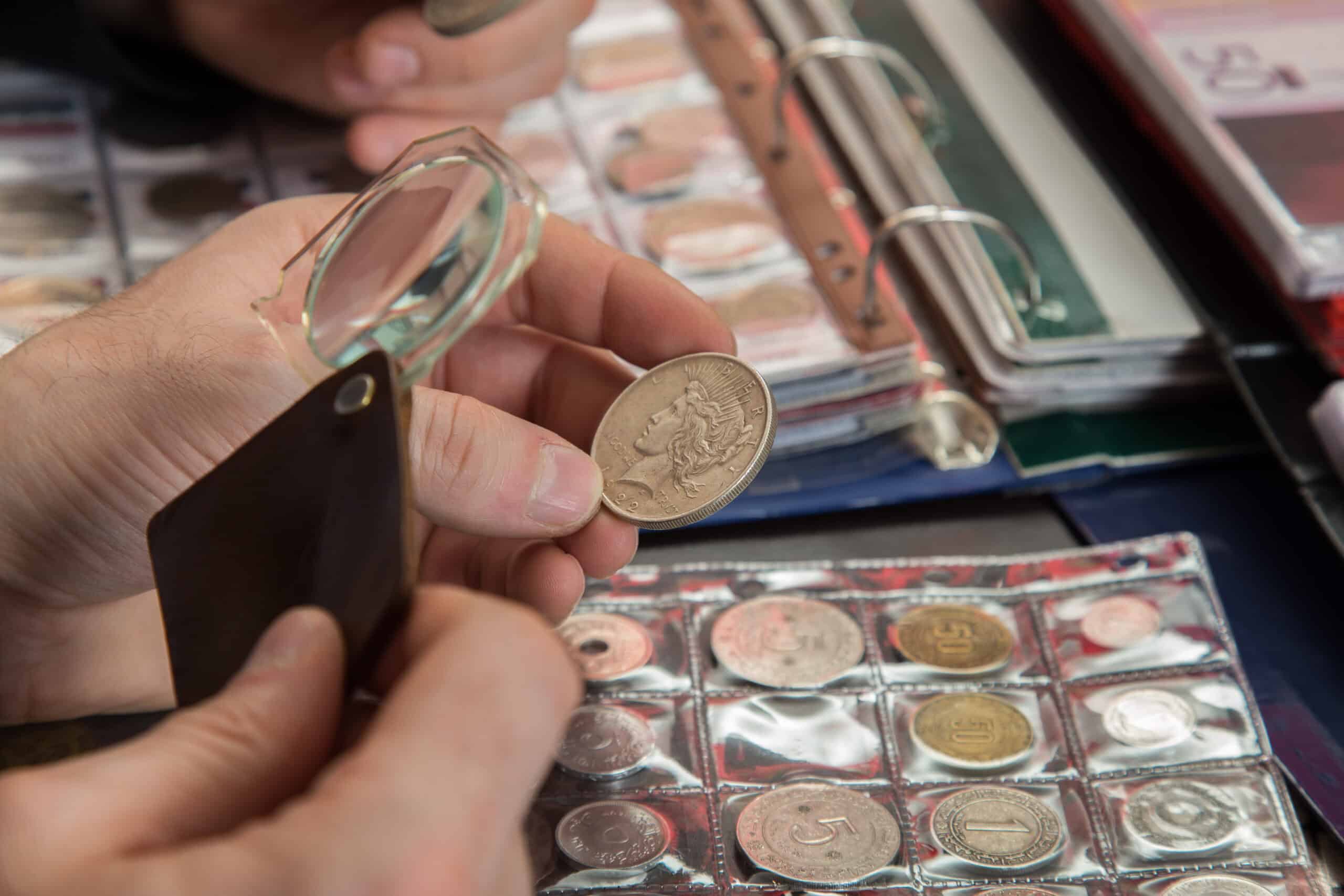
Having a verified, authentic example of the coin in question can make spotting a fake much easier. Compare every detail, from the design to the finish, between the coins. Differences, no matter how small, can indicate a counterfeit. Even if you don’t have the coin in hand, images of verified examples can be useful. This method is especially helpful for those less experienced in coin collecting.
Beware of Too-Good-to-Be-True Deals
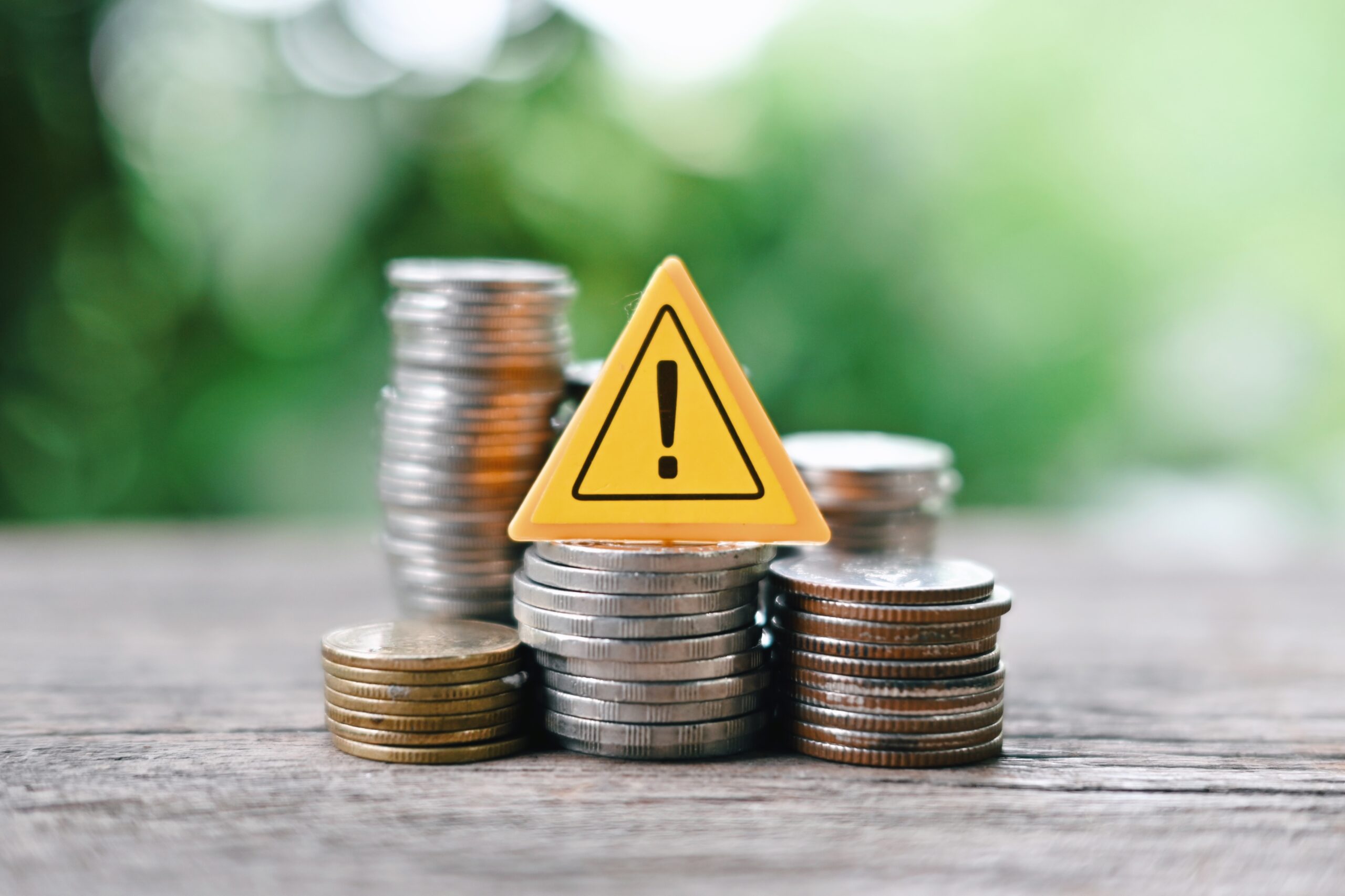
If a deal on a coin seems too good to be true, it probably is. Scammers often lure buyers with offers that are significantly below market value. Always check current market prices before making a purchase. A deal that is far below these prices should raise suspicion. It’s better to walk away from a “great deal” than to end up with a worthless fake.
Test for Specific Gravity

Specific gravity tests can determine the metal composition of a coin, revealing whether it matches the specifications of a genuine coin. This involves submerging the coin in water and calculating its density. Counterfeit coins often fail this test because they are made from metals with different densities than authentic coins. While this test is more technical, it’s highly reliable for detecting fakes. You can perform this test at home or with the help of a professional.
Consult with Experienced Collectors
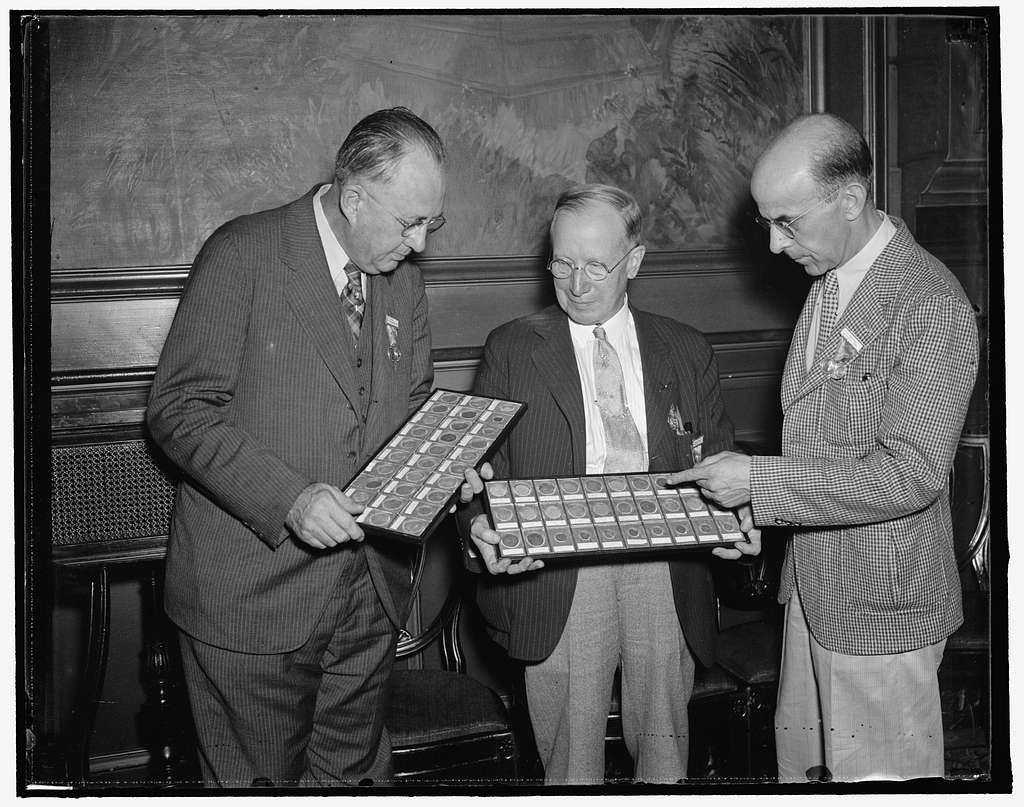
Talking to experienced coin collectors can provide insights that books or online research might not offer. Collectors with years of experience can often spot a fake coin at a glance. Their advice and knowledge can be invaluable, especially when dealing with rare or expensive coins. Joining a coin collecting club or online community can give you access to this expertise. Don’t hesitate to seek out help when unsure about a coin’s authenticity.
Investigate the Seller’s Reputation
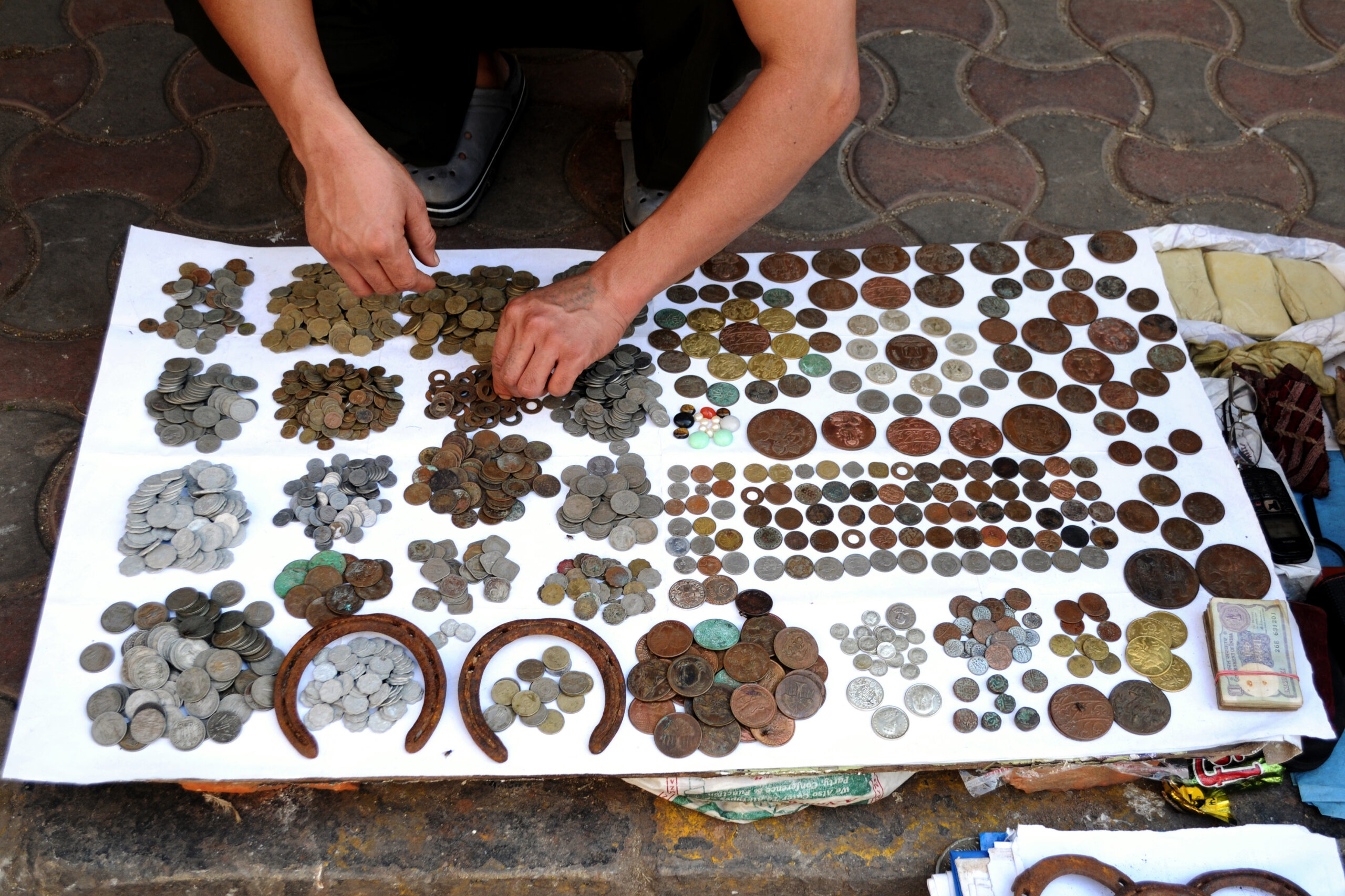
Before purchasing a coin, investigate the seller’s reputation. Established, well-reviewed sellers are less likely to deal in counterfeit coins. Look for feedback from other buyers and check for any history of fraudulent activity. Be wary of sellers who refuse to provide detailed information or have limited transaction history. A reputable seller will have nothing to hide and will offer transparency in all dealings.
Check for Signs of Cloning
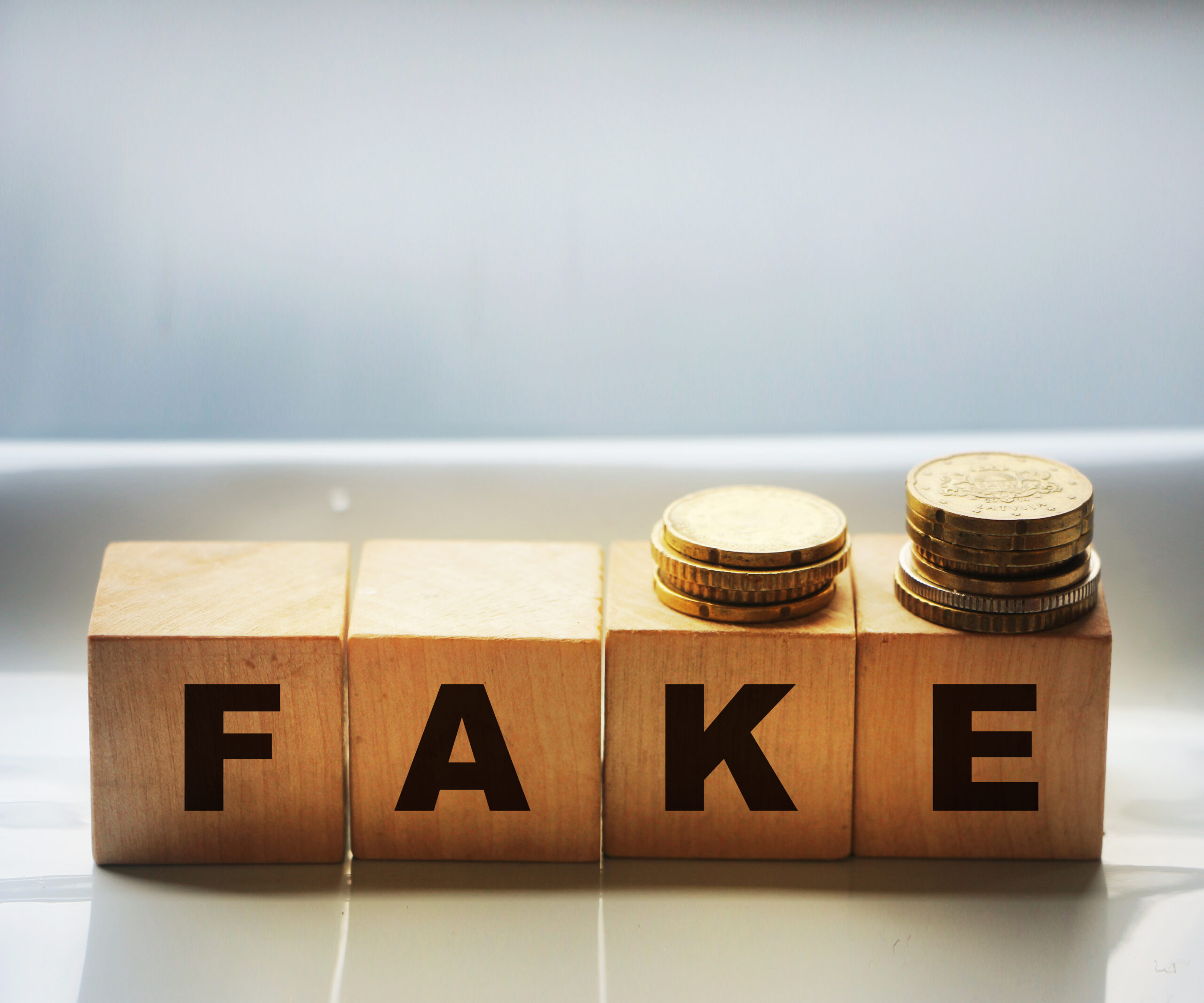
Cloning involves making a fake coin using a genuine coin as a base, then altering the details. This can include changing dates or mint marks to increase the coin’s value. Inspect the coin carefully for any signs of tampering, such as uneven surfaces or inconsistent details. Cloned coins can be particularly deceptive because they start as genuine coins. Understanding the process of cloning can help you avoid falling for this sophisticated scam.
This article originally appeared on Rarest.org.
More From Rarest.Org
In the fast-paced world of public relations, a few firms stand out for their ability to shape narratives, manage crises, and build powerful brand reputations. These PR powerhouses have consistently delivered results, leveraging their expertise in strategic communication to help clients navigate complex challenges. Read more.
Invasive species have long been a serious threat to ecosystems around the world. When these non-native plants, animals, and insects are introduced to new environments, often by human activity, they can disrupt the delicate balance of local ecosystems. Read more.
In the world of product launches, even the biggest brands can stumble. Some products, despite high expectations and significant investments, fail to connect with consumers, leading to spectacular flops. Read more.


